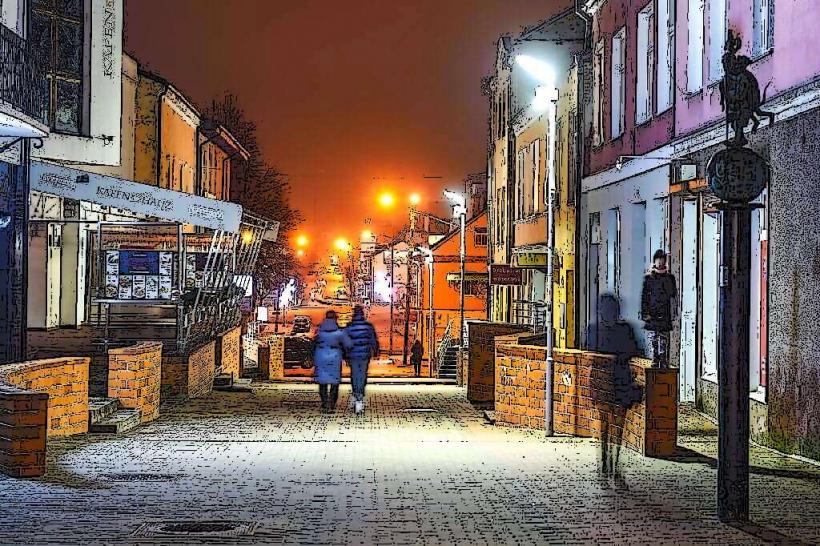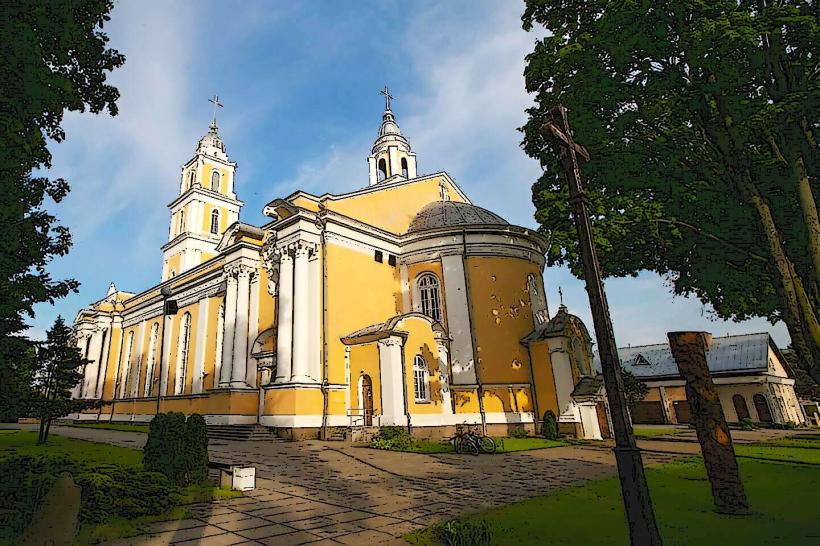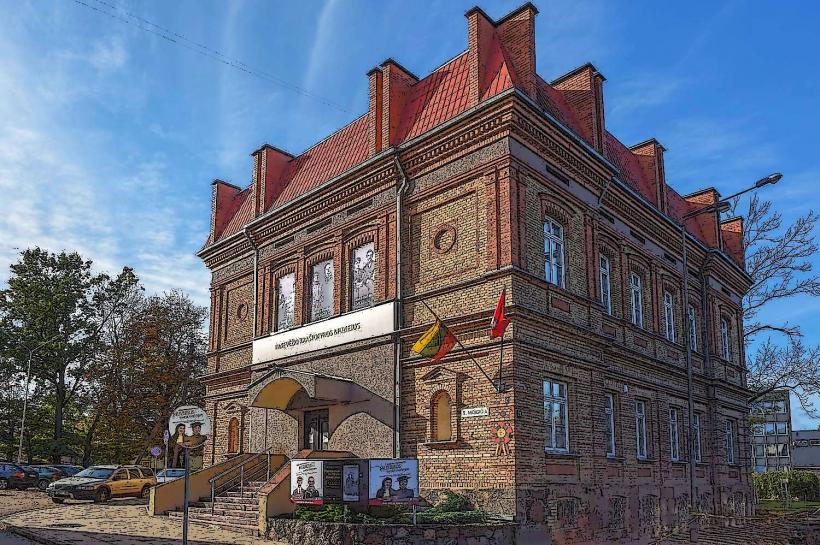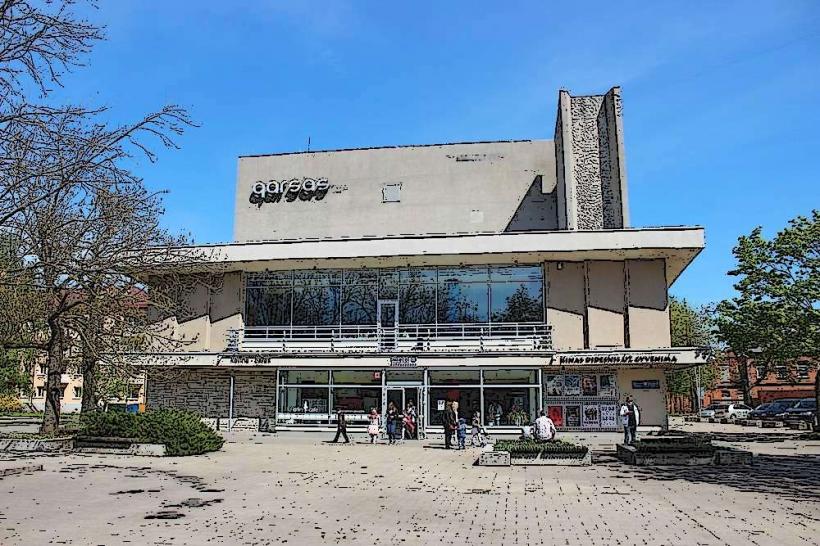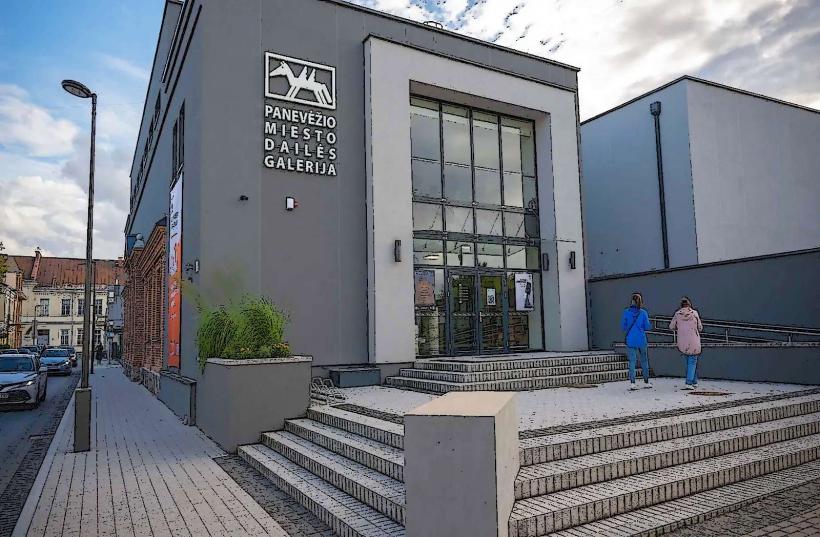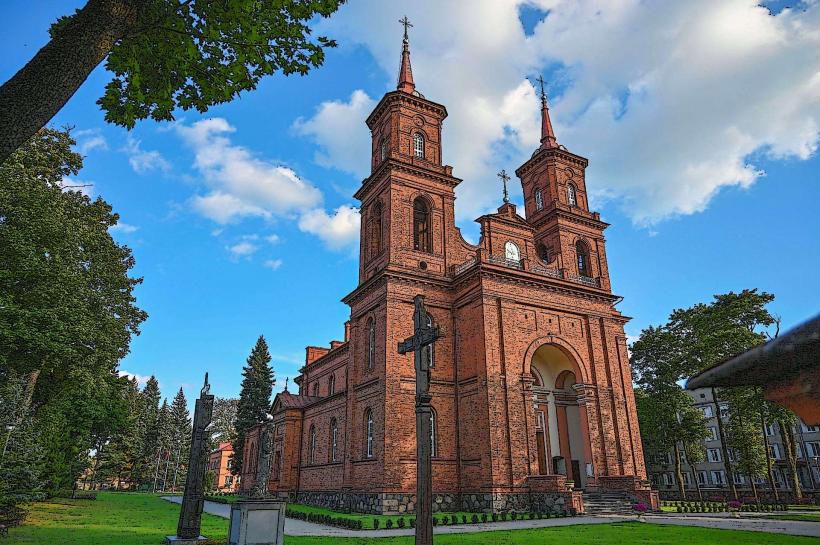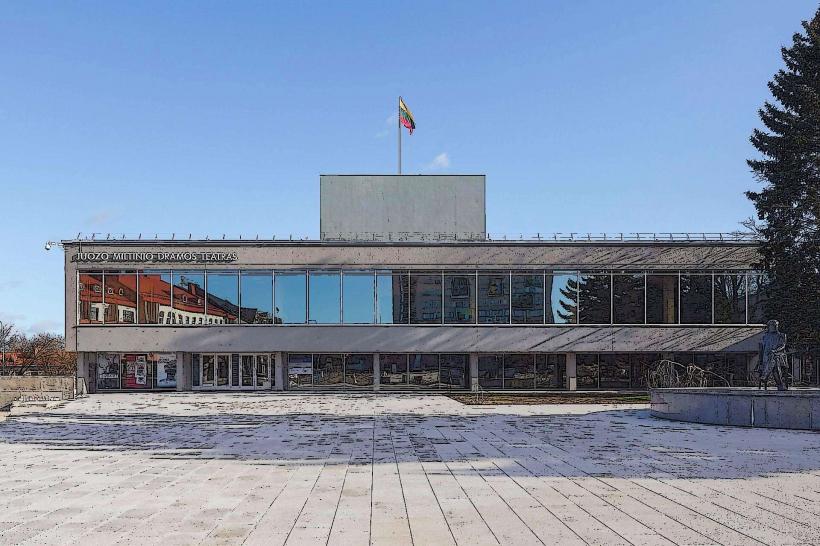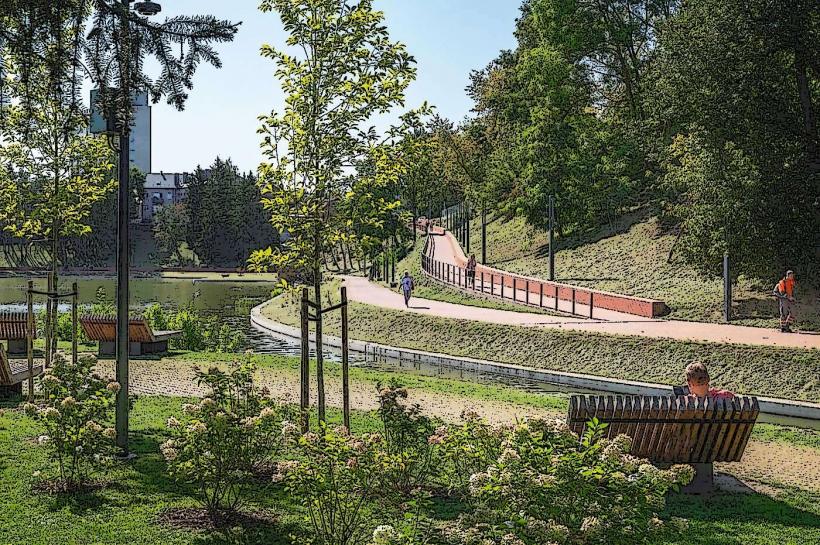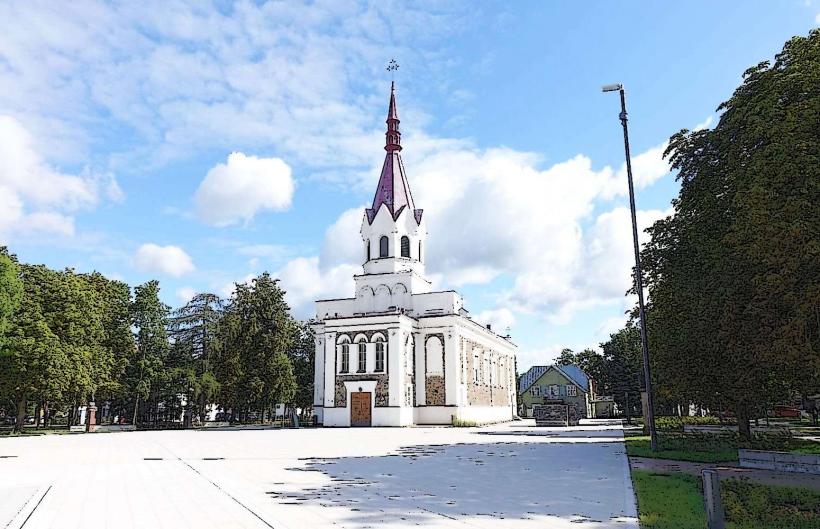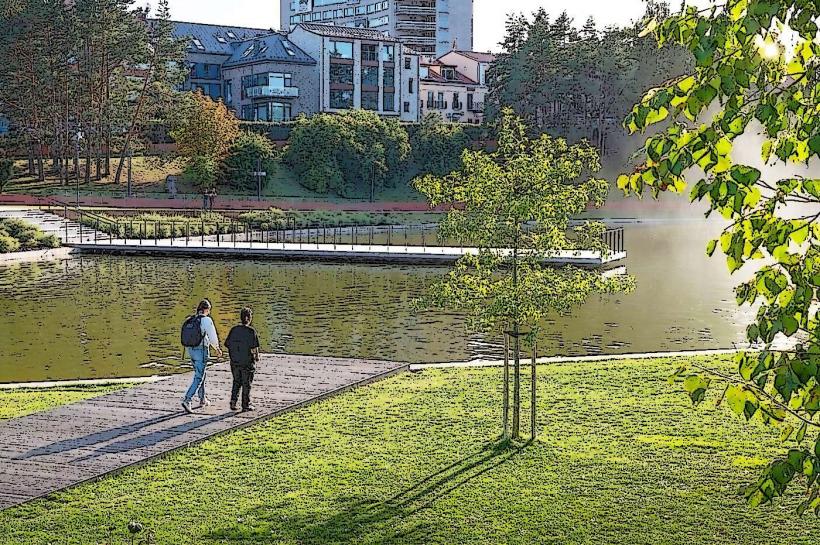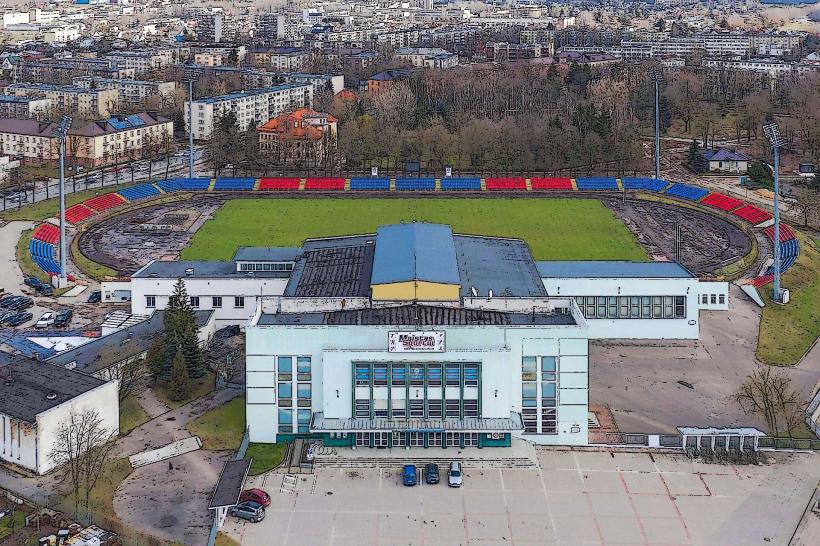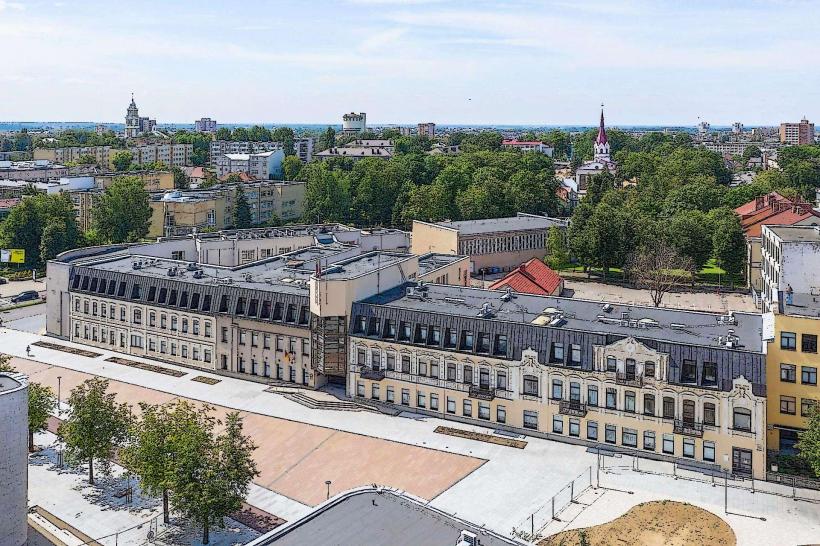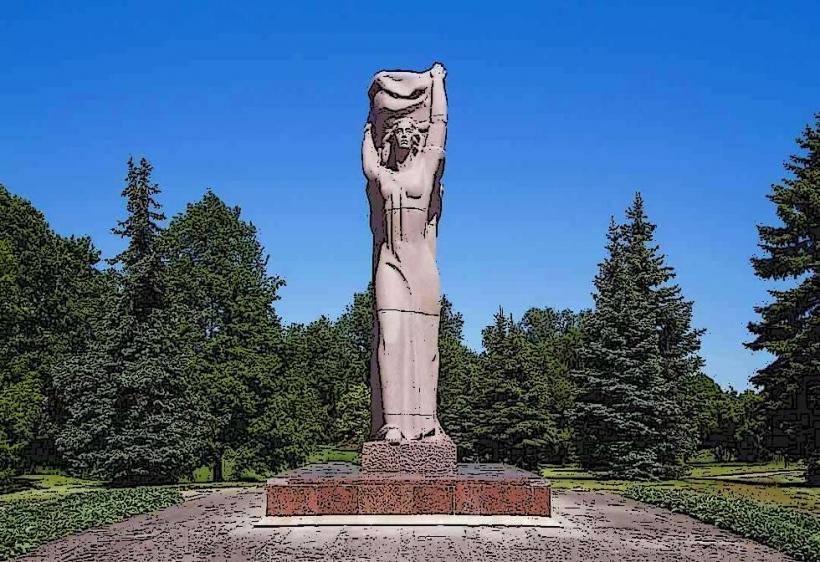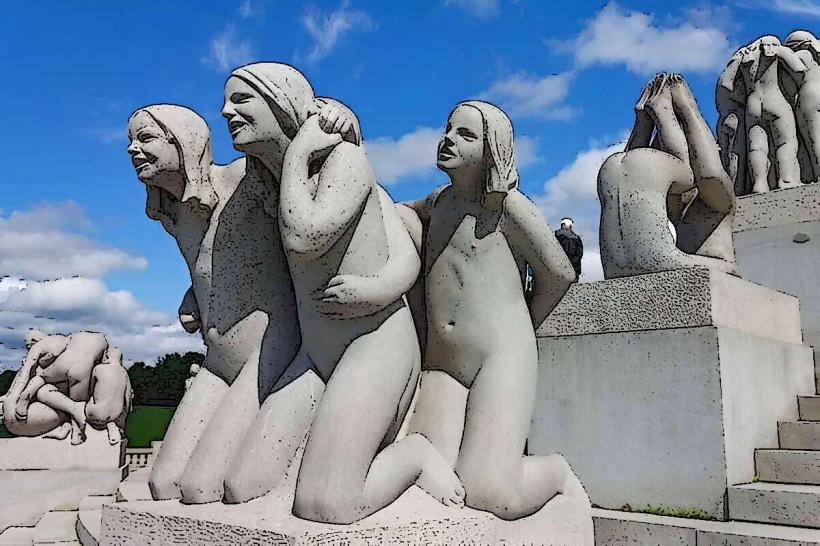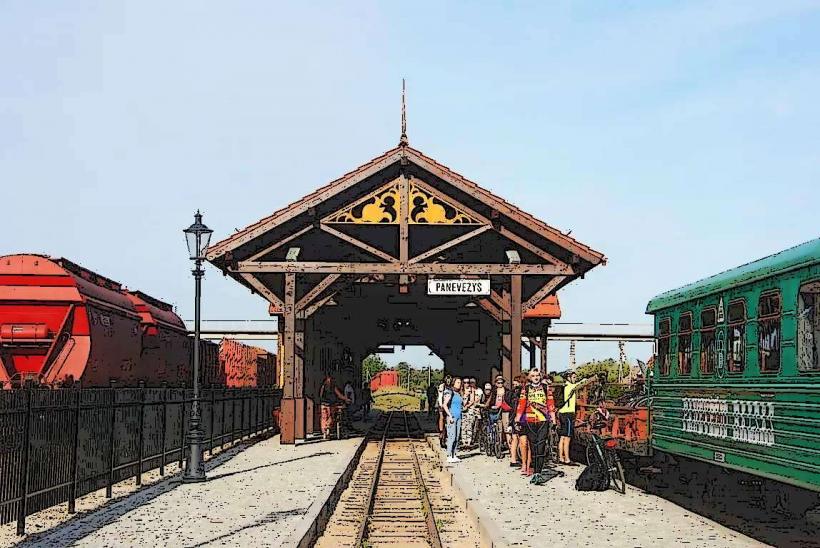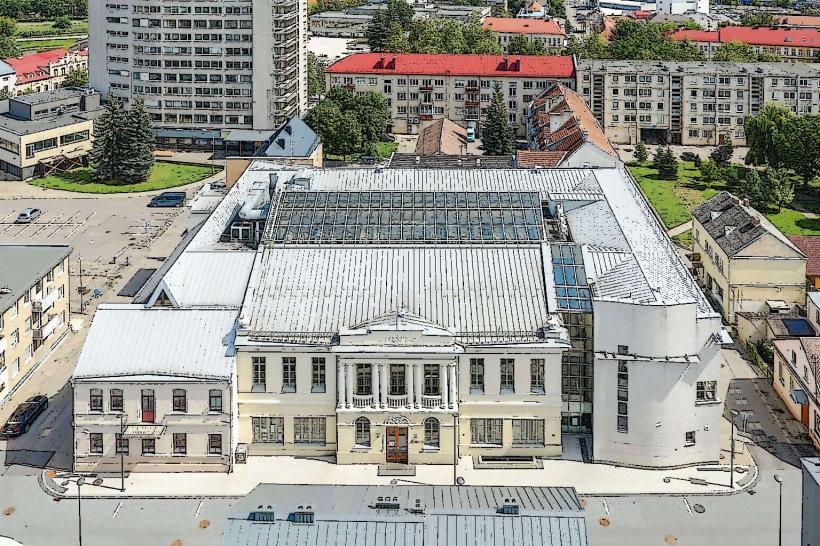Information
Landmark: Panevėžys Sculpture ParkCity: Panevezys
Country: Lithuania
Continent: Europe
Panevėžys Sculpture Park (Panevėžio skulptūrų parkas) is a unique cultural landmark in Panevėžys, Lithuania. It is one of the most notable outdoor sculpture parks in the country and serves as a vibrant venue for public art, blending nature and creativity in an open-air gallery. The park is home to a diverse collection of sculptures by both Lithuanian and international artists, making it a significant artistic and cultural destination.
History
Foundation: The Panevėžys Sculpture Park was officially opened in 1997 as part of an initiative to enrich the city's cultural landscape. The project aimed to integrate art into public spaces and to provide both residents and visitors with access to contemporary art in an outdoor setting.
Development: Over the years, the park has expanded, with new sculptures being added to its collection. The park has become an important part of Panevėžys’ cultural identity, reflecting the city's commitment to the arts and its role in promoting public art initiatives in Lithuania.
Artist Contributions: Many of the sculptures displayed in the park were created by prominent Lithuanian artists, as well as international sculptors. The park features works from different artistic movements, ranging from abstract forms to more traditional sculptures, offering a rich variety of styles for visitors to appreciate.
Features and Layout
The Panevėžys Sculpture Park is located in a green, tranquil area, which enhances the experience of viewing art in nature. The park’s design allows visitors to explore the sculptures at their own pace, providing an interactive and immersive experience.
1. Sculpture Collection
Diverse Styles and Themes: The park features over 30 sculptures, showcasing a range of artistic styles from traditional to modern and experimental works. The themes of the sculptures vary widely, from representations of human figures to abstract forms, each contributing to the artistic dialogue of the park.
Notable Sculptures: Some of the most recognized sculptures in the park include works by notable Lithuanian sculptors such as Aidas Smilevičius and Nerijus Erminas. Each piece is thoughtfully placed among the park’s greenery, creating a harmonious connection between art and nature.
2. Pathways and Surroundings
Walking Paths: The park is designed with meandering pathways that guide visitors through the different sculptures. The pathways are lined with trees and plants, providing a peaceful and contemplative environment for those exploring the art installations.
Natural Environment: The park’s setting amidst trees, flowers, and grass adds to the experience, creating a serene atmosphere that allows visitors to appreciate the sculptures in harmony with nature. The park also has well-maintained green spaces, perfect for relaxing or having a picnic.
3. Thematic Zones
The park is often divided into thematic zones, with different areas dedicated to various artistic styles or concepts. These zones provide context for the sculptures and allow for a more organized exploration of the park's collection.
Cultural and Social Role
Promoting Public Art: The Panevėžys Sculpture Park plays a significant role in promoting public art in Lithuania. It serves as a platform for contemporary artists to showcase their work, making art accessible to everyone. By bringing art into the public space, the park fosters a deeper connection between the community and the arts.
Art Education: The park also contributes to art education and public engagement. Many schools and cultural organizations use the park as an educational resource, introducing students and visitors to the world of sculpture and the creative process. The park also hosts workshops and cultural events related to the visual arts.
Public Engagement: The park’s location and open nature make it a gathering place for locals and tourists alike. It is not only a place for viewing art but also a community space where events such as outdoor concerts, festivals, and artistic performances can take place.
Visiting the Sculpture Park
Location: The Panevėžys Sculpture Park is situated in the center of Panevėžys, making it easily accessible for both locals and visitors. It is located near other key landmarks in the city, such as Senvagė Park and the Nevėžis River, which adds to its appeal as part of the city’s broader cultural landscape.
Opening Hours: The park is open to the public year-round and can be visited at any time. The sculptures are available for viewing during daylight hours, with the park’s serene environment making it a perfect spot for a leisurely stroll or outdoor activity.
Admission: Entrance to the park is free, allowing visitors to enjoy the sculptures and the natural surroundings without any cost. This makes the park an accessible cultural resource for everyone.
Conclusion
The Panevėžys Sculpture Park is a unique cultural landmark in the city, offering a harmonious blend of contemporary art and nature. With its diverse collection of sculptures, peaceful green spaces, and its role in promoting public art, the park is a must-visit destination for anyone interested in the arts and in experiencing the creativity of Lithuanian and international artists. Whether for art enthusiasts, families, or tourists, the Panevėžys Sculpture Park offers an enriching and immersive experience that enhances the cultural fabric of Panevėžys.

